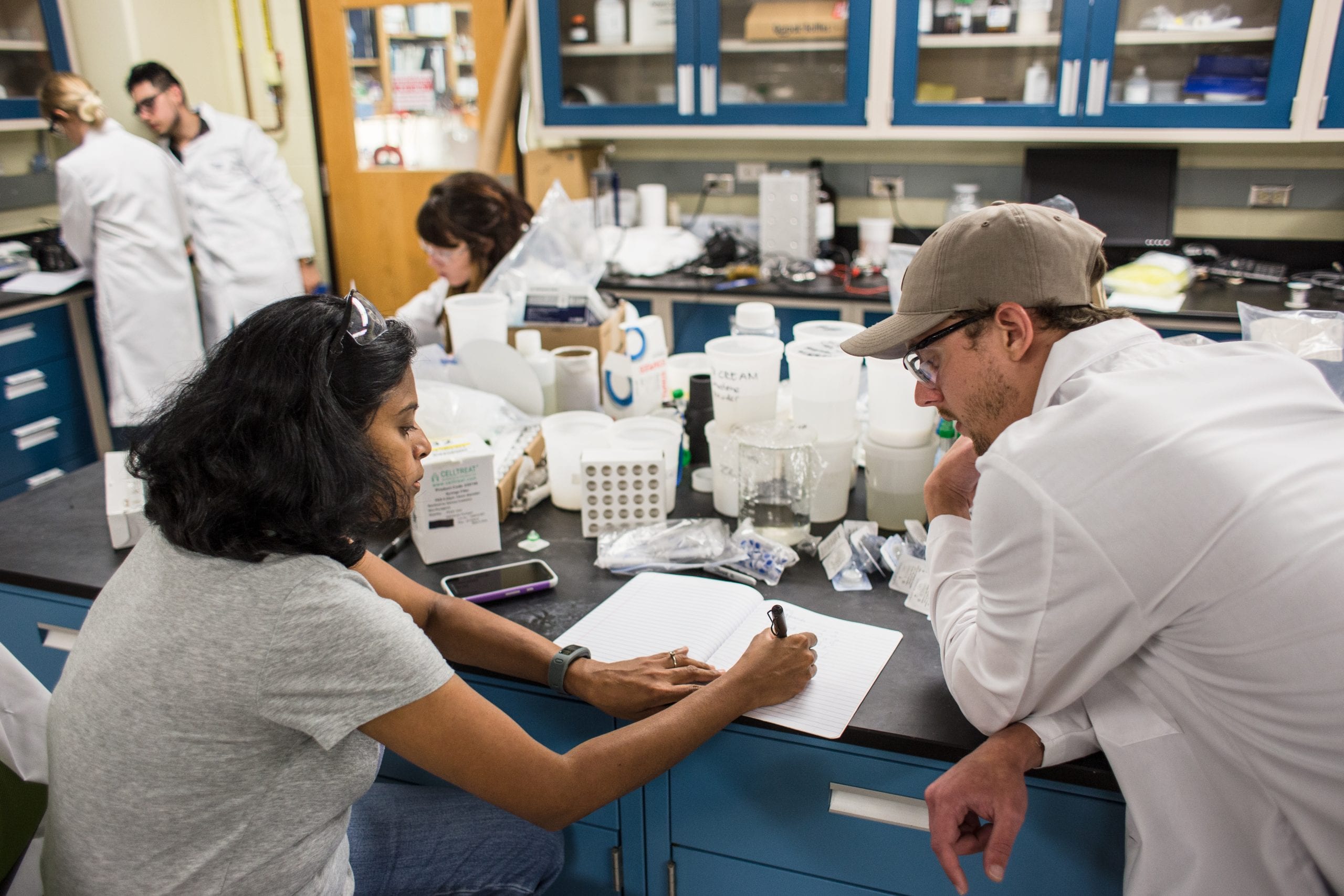
The Sugar Code: Representing Glycans
Hearts, stars, horseshoes, clovers and blue moons, pots of golden rainbows and me red balloons! If you've ever eaten Lucky Charms cereal, you probably know this jingle and the tiny shapes of marshmallows it references. Interestingly enough, glycobiologists, or biologists who study the sugars that make up those tasty mallows, have their own Lucky Charm







